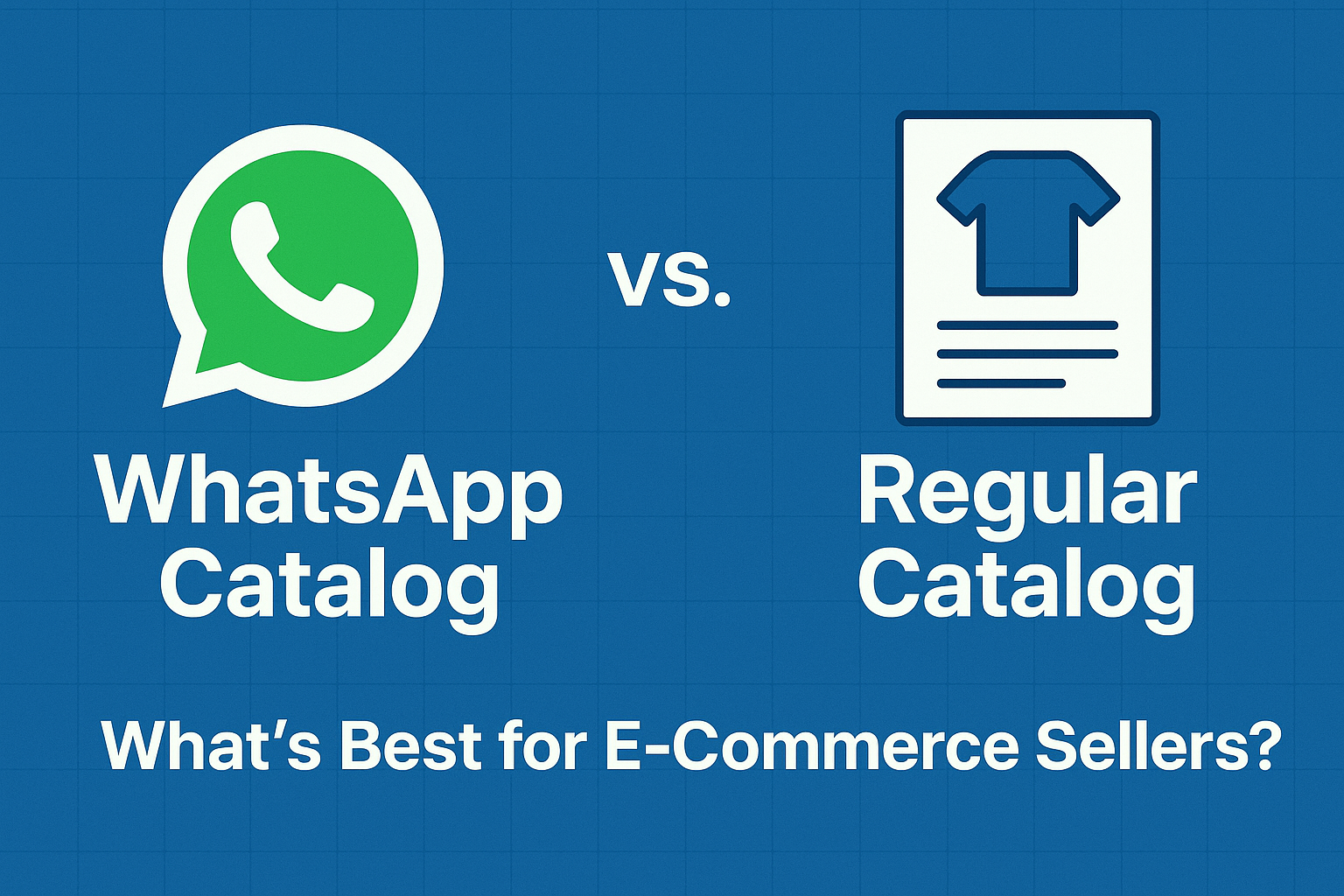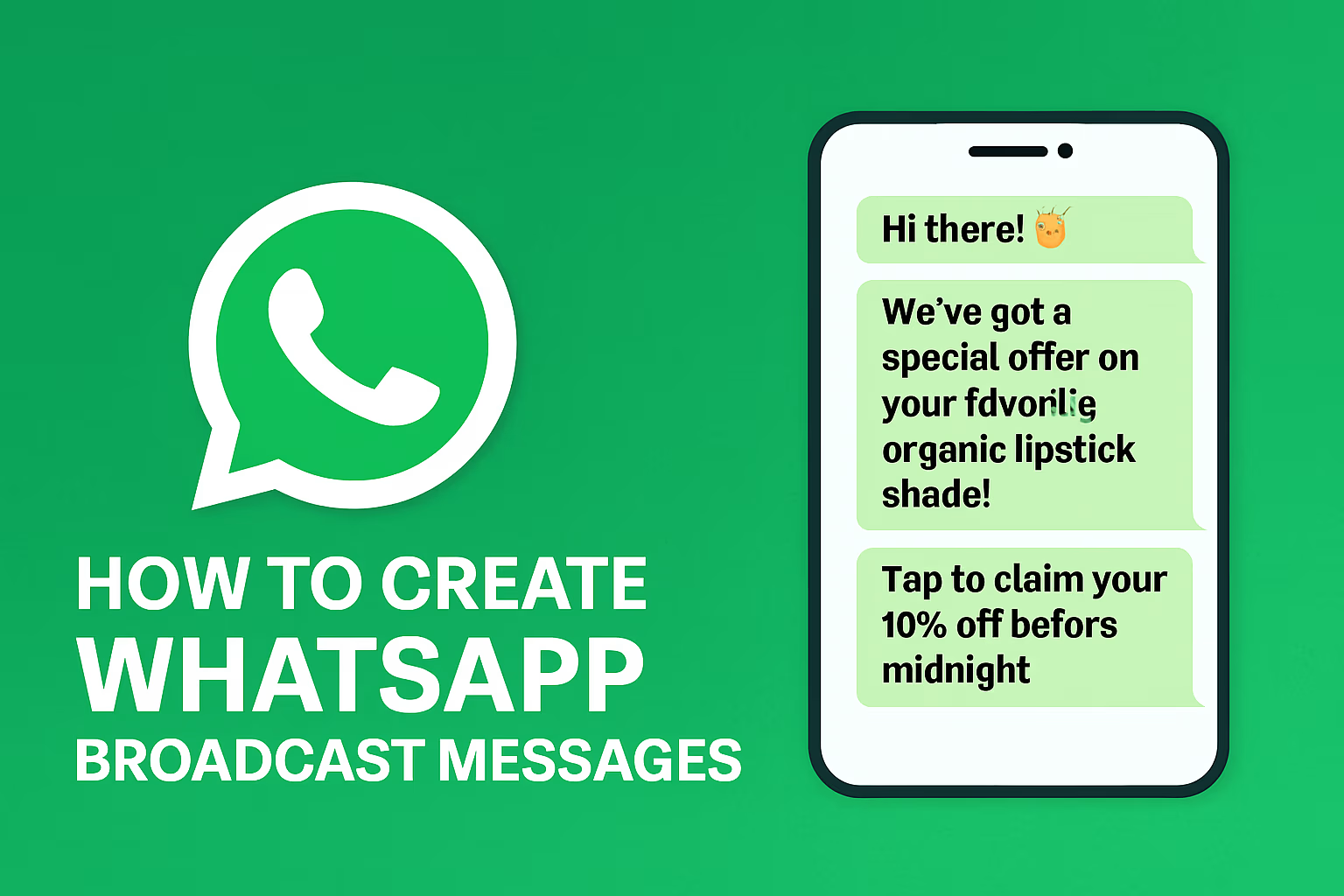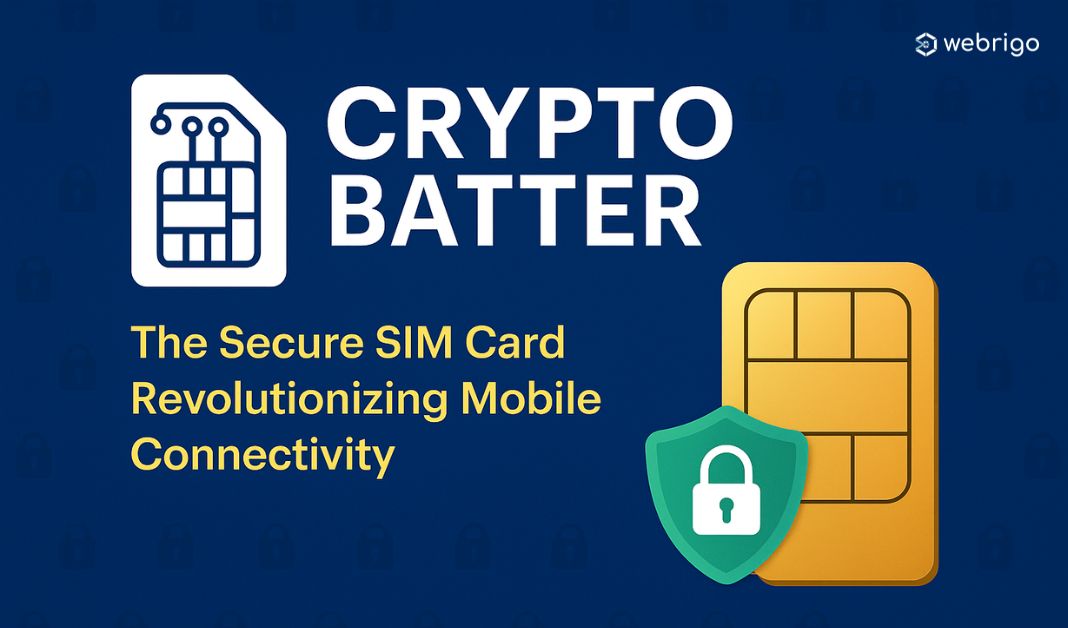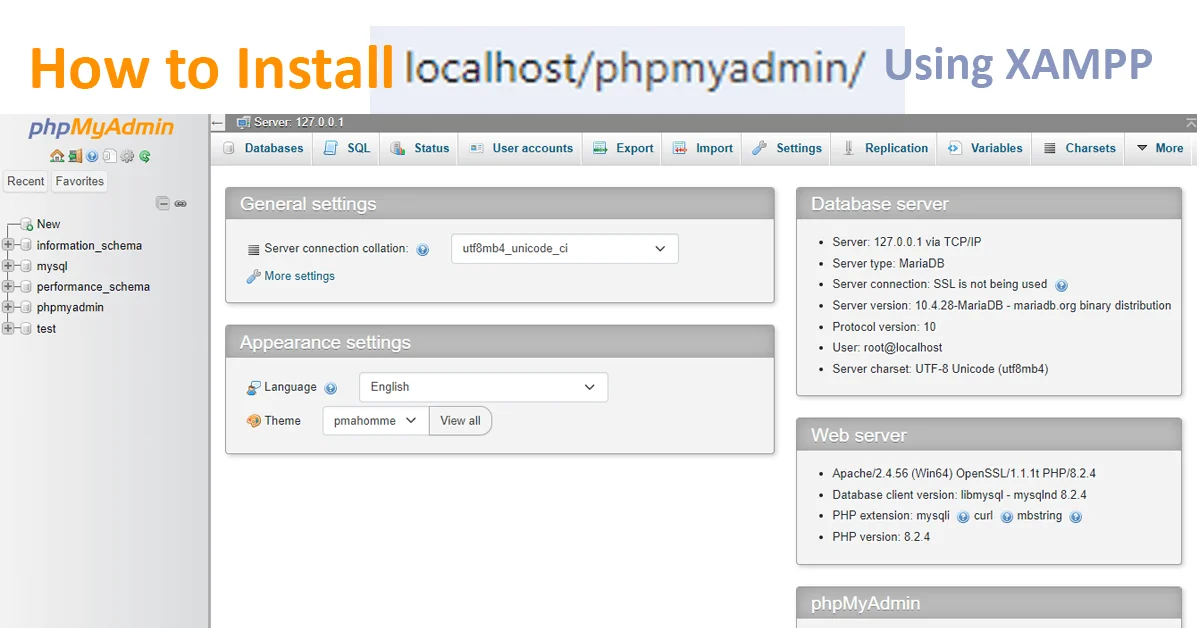Turning an idea into a profitable digital product has never been easier. With the rise of online platforms, automation tools, and social media, anyone can build a digital product business from scratch. Whether you’re an expert in a field, a creative professional, or someone passionate about sharing knowledge, creating and selling digital products can be a rewarding way to generate income.
Unlike physical products, digital goods require no inventory, have low overhead costs, and can be sold repeatedly without additional effort. If you’re wondering how to make your first digital product, this guide will walk you through every process step, from idea generation to launching and scaling your business. By following the steps to start a digital product, you can transform your creativity into a sustainable income stream.
Let’s understand the term from the very beginning, and you can start your own digital product business in 2025 at as low a cost as possible.
What is a Digital Product?
A digital product can be sold and delivered online without physical inventory. Unlike physical goods, digital products can be replicated infinitely without additional costs.
Examples include:
- E-books and guides
- Online courses and tutorials
- Digital templates (social media, business, presentations)
- Membership websites and communities
- Software, apps, and plugins
- Stock photos, music, and design assets
You can start any business with almost no investment or a bit of investment. We all know that launching a company is just a first step, but there are multiple steps to make a digital product business successful, you need to right strategy and guidance.

Identify Your Digital Product Niche and Audience:
Once you made up your mind to launch your digital product business. The first step is to find the niche you are planning to work on and the type of audience your product needs.
Now Ask yourself:
- What am I passionate about?
- What skills or knowledge do I have that others would pay for?
- Who is my target audience, and what problems do they face?
Once you understand your niche and audience, use market research tools like Google Trends and AnswerThePublic to understand demand based on search volume.
How to Identify the Right Target Audience for Your Digital Products
A strong niche ensures that your digital product business has long-term potential. You need to write it down all at once for better understanding.
Validate Your Digital Product Idea:
Before you start making your product, you must invest time and resources to validate your idea to ensure a market for it.
What if you created a product that has no demand or less demand? You will struggle to get customers for it.
That is why validating your product is very important. Here is how you can do this part.
- Competitor Research: Check platforms like Udemy, Etsy, or Gumroad to see if similar products exist.
- Surveys & Polls: Use Google Forms or Instagram polls to ask potential buyers what they need.
- Pre-orders: Launch a landing page and collect email sign-ups or pre-orders to gauge interest.
If people are willing to pay for a product before it exists, it’s a great sign to move forward. Even people are paying in advance but have decent demand with less market product to fill the gap. You can go ahead to launch the product.
Cost of Starting a Digital Product Business in 2025
Steps to Plan and Create Your Digital Product
Once you understand that there is demand for your product. Now, start creating your first digital product. To create your first digital product, follow these steps to make it easy for you.

- Outline the Content
Before designing your digital product, structure its content correctly. This ensures clarity and enhances user experience.
- E-books: Include an engaging introduction, well-organized chapters, and actionable takeaways at the end. Use examples, case studies, or checklists to add value.
- Online courses: Break content into modules and lessons, incorporating videos, assignments, and quizzes to improve engagement and learning.
- Templates: Keep designs user-friendly and editable. Provide clear instructions on how users can customize them according to their needs.
- Choose the Right Tools
Using the right tools simplifies the creation process and ensures professional-quality products.
- E-books: Canva and Adobe InDesign help with design, while Google Docs allows easy content writing and collaboration.
- Online courses: Platforms like Teachable, Thinkific, and Kajabi provide course hosting, student tracking, and sales integration.
- Templates: Canva, Figma, and Photoshop offer design flexibility with pre-built elements for easy customization.
- Memberships: Patreon and Memberful allow content creators to offer exclusive access to paying members.
- Software/Apps: No-code tools like Bubble and Webflow help non-developers build applications while coding frameworks offer more flexibility for custom projects.
- Design and Optimize
A visually appealing and user-friendly design enhances the overall experience.
- Consistency: Maintain a clean layout, readable fonts, and structured formatting.
- Quality visuals: Use high-resolution images, professional graphics, and well-edited videos to make your content visually engaging.
- Accessibility: Ensure products are optimized for different devices and screen sizes. Include alt text for images and closed captions for videos.
- Testing: Before launching, get feedback from a small group of users and make necessary improvements. Hiring a designer or using pre-made templates can elevate the product’s aesthetics.
World Best Business Opportunity
Choose a Selling Platform for your Digital Product:
Choosing the right platform to sell your digital product is crucial for reaching the right audience and maximizing sales. Here are the top options:
- Selling on Marketplaces
Marketplaces offer built-in audiences and simplify the selling process. Some popular options include:
- Gumroad – Best for selling e-books, templates, memberships, and digital assets.
- Udemy & Skillshare – Ideal for online courses with existing user bases.
- Creative Market & Envato – Great for designers selling templates, graphics, fonts, and music.
These platforms handle transactions, hosting, and sometimes even marketing, making it easier to start selling.
- Selling on Your Website
Having your website provides complete control over branding, pricing, and customer data. Here’s how to set it up:
- Use Shopify, WooCommerce (WordPress), or Podia to create a professional storefront.
- Ensure your website has a compelling sales page with product benefits, testimonials, and a strong CTA (Call to Action).
- Email marketing (ConvertKit, Mailchimp) is used to capture leads and nurture potential buyers.
While this approach requires more effort in marketing, it offers higher profit margins and direct customer relationships.
- Selling via Social Media & Email Lists
Social media can be a powerful sales channel for digital products. Platforms like Instagram, Twitter, and LinkedIn allow direct promotion through engaging content and direct messaging.
- Leverage Instagram Reels, TikTok videos, and Pinterest graphics to showcase your product.
- Use Twitter and LinkedIn threads to establish authority and drive traffic.
- Build an email list and use automation to nurture leads with value-driven content.
Social media and email marketing combined with other selling platforms can significantly boost sales.
List of Best Platforms to Sell Digital Products in 2025
Set Up Pricing and Payment Options
You need to understand your audience and set the price accordingly. Suppose your audience comes more from students or non-working people. They may look more at the pricing rather than the value you provide.
That is why pricing your digital product business correctly is key to profitability. Here’s how to determine the right price for your digital product business.
- Compare Competitors: Look at similar products and set competitive pricing.
- Consider Value, Not Cost: People pay for solutions, not just files. If your product saves time or increases income, price it accordingly.
- Test Different Price Points: Offer early-bird discounts and test different pricing strategies.

Use platforms like PayPal, Stripe, or Razor Pay to collect funds securely. Make sure to offer a refund policy if someone does not like your product.
This adds trust among your customer that their payment is somehow secure. As you are new to the digital product business, your audience may not trust your product, so adding all trusting factors to your policy is essential.
Digital Products Marketing: Organic vs Paid | What Works Best
Start Marketing Your Digital Product Business:
As you are new to the digital product business, your product is fresh and new. People may not come to you, but you can contact them with the right digital marketing strategy.
A great product is not enough, you need to market it effectively. Start growing an audience before launching. Use platforms like Instagram, LinkedIn, Twitter, and YouTube to share valuable content related to your niche. Engage with your audience and establish yourself as an expert.
Create a Sales Page
A well-optimized landing page should include:
- A compelling headline
- Benefits of your product
- Customer testimonials
- A clear call to action (Buy Now, Download, etc.)
Leverage Social Media
Create engaging content showcasing the benefits of your product. Use Instagram Reels, TikTok videos, and Pinterest graphics to attract attention. Share testimonials and case studies to build trust. Run giveaways or limited-time discounts to encourage early buyers.
- Use Instagram Reels and TikTok to showcase product benefits.
- Run LinkedIn and Twitter threads discussing industry pain points.
- Create engaging Pinterest graphics leading to your sales page.
Email Marketing
Build an email list by offering free resources like an eBook or mini-course. Use automated email sequences to nurture leads, share insights, and introduce your product naturally. Email marketing is one of the highest-converting strategies for selling digital products.
- To collect emails, offer a free lead magnet (like a free guide or checklist).
- Send an automated email sequence introducing your product.
Paid Ads
If you have a budget, use Facebook, Instagram, or Google Ads to drive targeted traffic to your product page. Focus on solving a problem in your ad copy and use compelling visuals.
Collaborate & Use Influencers
Partner with influencers or affiliates who align with your niche. They can promote your product in exchange for a commission, expanding your reach effortlessly.
10 Effective Marketing Tips for Digital Product Creators | 2025

Learn to Scale and Automate Your Scale
Once your digital product sells, it’s time to focus on scaling and automation. The goal is to increase revenue without increasing your workload. Here’s how:
- Automate Your Sales Process: Use Gumroad, SendOwl, or ThriveCart to deliver your digital product after purchase automatically. This eliminates manual work and ensures a smooth customer experience.
- Leverage Email Sequences: Set up an automated email funnel using ConvertKit, Mailchimp, or ActiveCampaign to nurture leads and turn them into buyers. Offer discounts, share customer success stories, and introduce new products.
- Expand to Multiple Platforms: If you started selling on your website, consider listing your product on Udemy, Gumroad, Etsy, or Creative Market to reach a wider audience. Each platform brings new potential customers.
- Introduce Upsells & Bundles: Boost sales by offering premium versions, additional templates, or bundled packages. For example, if you sell an eBook, add a video tutorial or a worksheet as an upsell.
- Use Affiliate Marketing: Encourage influencers and industry experts to promote your product in exchange for a commission. This expands your reach without additional ad spend.
- Automate Customer Support: Set up an FAQ page, chatbots, or automated email responses to handle common inquiries and save time.
By automating and scaling smartly, your digital product business can generate passive income while you focus on creating new products or enjoying your success.
Strategies to Scale Your Digital Product Sales in 2025
Final Words on Idea to Launch of Digital Product Business:
Starting a digital product business requires effort, but the rewards are worth it. Following these steps to start a digital product can turn your creativity into a consistent income stream.
The key is to validate your idea, create a valuable product, market it effectively, and automate sales. If you’re ready to take action, start brainstorming your first digital product today and turn your passion into profit.
FAQs:
How do I choose the right digital product to sell?
Identify your skills, research market demand, and validate ideas through competitor analysis, surveys, or pre-orders before creating the product.
Do I need a website to sell my digital product?
No, you can sell on Gumroad, Udemy, or Etsy, but having a website gives you more control and higher profits.
How do I price my digital product?
Research competitor pricing, consider your product’s value, and test different price points to find the best fit for your audience.
What are the best marketing strategies for digital products?
Use social media, email marketing, SEO, paid ads, and partnerships with influencers or affiliates to reach a larger audience and boost sales.
How can I automate my digital product business?
Automate sales, email sequences, customer support, and delivery using tools like ConvertKit, Gumroad, and chatbots to scale your business efficiently.










